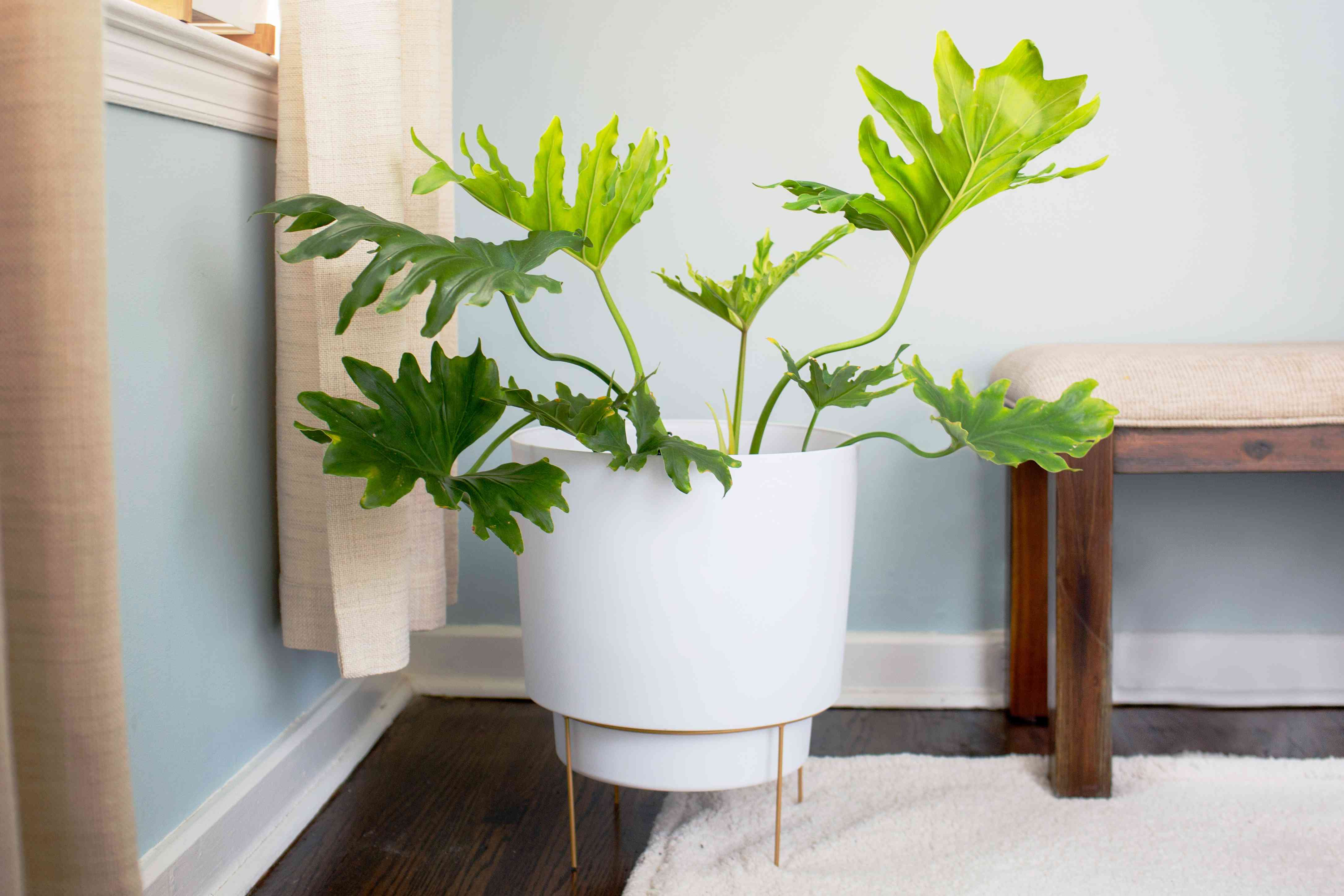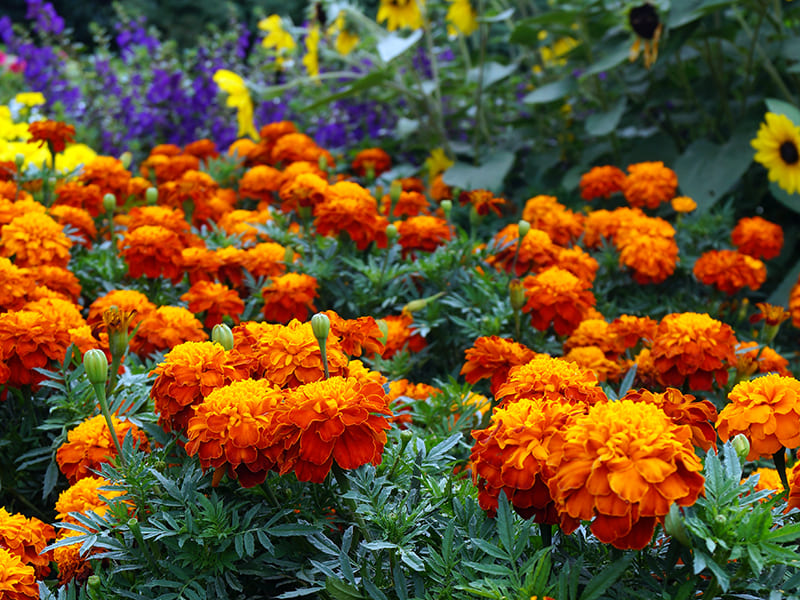June is the month when the garden is at its peak—borders look perfect, and summer vegetables and soft fruit are flourishing. Keep an eye out for pests over the summer months, and water plants regularly but wisely during drier spells.
Protect Plants from Slugs
Slugs and snails are especially fond of young growth, particularly that of delphiniums and hostas, and can attack young buds before they have even emerged from the soil. General controls, such as commercially produced slug pellets, can be very effective, but organic methods, such as beer traps, are also worth trying. One way to stop the pests in their tracks is to use a physical barrier, such as eggshells or a layer of coarse grit. Copper tape is one such deterrent, delivering a minor electric shock to the slug as it attempts to pass over it.
Plant Out Vegetables
Vegetable crops sown earlier in the year, such as leeks, self-blanching celery, globe artichokes, marrows, and zucchini, can be planted out in May. These tender plants are safe to plant out now that the threat of frost has passed.
Move Pots Outside
Any tender or exotic plants, such as citrus trees, that you have brought indoors over winter can now be moved back into the garden after a gradual acclimatization to outdoor temperatures (the shock of a sudden change can cause leaves to drop).
Keep Watering
As temperatures start to rise, it’s important to keep plants well watered, especially those that have just been planted out. As plants become established and develop bigger and more effective root systems, they will need watering less frequently. Established plants only need a good soaking in dry conditions if they show signs of wilting.
Harvest Fruit
Remove cloches from strawberries now to let the fruit ripen in the summer sun, ready for imminent picking. Tuck straw under the developing fruits to keep them dry and away from the soil. Keep all fruit well watered in dry spells to ensure a good crop of quality fruits throughout the summer.
Plant Summer Bedding
Beds and borders planted with spring bedding can be cleared now as summer approaches, ready for tender summer bedding plants, such as Bacopa. A wide selection will be on display at nurseries and garden centers and can be safely planted out from May into June.
Trim Hedges
Formal hedging, such as boxwood (Buxus sempervirens), should be lightly trimmed by hand now. Hand shears will give a better result than a mechanical hedge trimmer, which can bruise leaves instead of cutting them cleanly, resulting in brown and unsightly foliage. Boxwood does not like to be cut back hard, so it’s much better to trim it regularly to keep it in shape. Use a length of taut twine or a cane as a guide to help you keep the line straight as you work.























